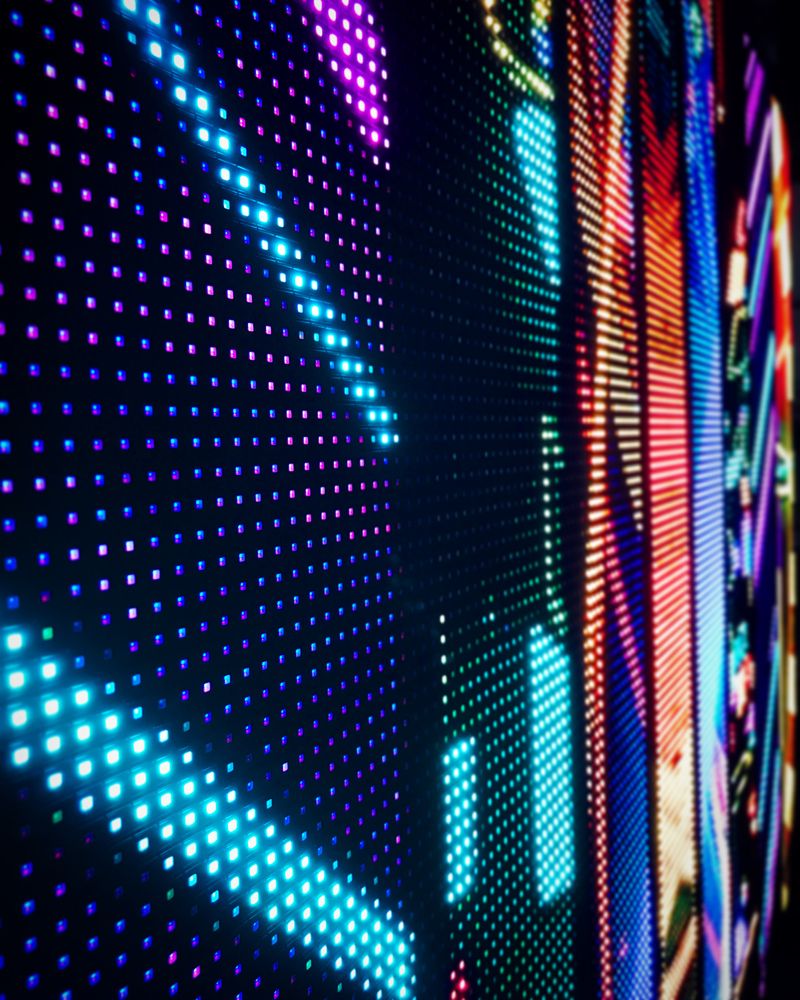Investigating the Essential Elements That Influence Luminance in Light Emitting Diode Wall Panels
Investigating the Essential Elements That Influence Luminance in Light Emitting Diode Wall Panels
Blog Article
Light Emitting Diode wall panels are progressively favored for both promotion and entertainment due to their bright and vivid displays. Understanding the factors that influence the brightness of these panels is crucial for producers and buyers alike. Luminosity is typically gauged in nits, which shows how much illumination is produced from the surface of the screen. Numerous key factors affect to the overall brightness, including the kind of LED used, the quality of the panel materials, and the energy supplied to the panel.
The kind of Light Emitting Diode chip used in a wall panel plays a significant role in its luminosity. Different Light Emitting Diodes emit varying levels of light output, which gauge the amount of light perceptible to the human eye. Premium chips, such as those made using advanced technology, can generate more luminous illumination with greater effectiveness. Furthermore, the hue tone of the Light Emitting Diode also influences perceived luminosity. For instance, cooler hue temperatures (higher K values) can seem brighter than hotter ones, even at the identical lumen level. This characteristic is vital for applications where visibility is important, such as in external promotion.
The materials used in the building of LED panel screens also influence their brightness. The kind of substrate and encapsulation materials can affect how much illumination is conducted versus how much is absorbed or dispersed. For example, a panel made with premium optical material will allow more light to pass through than one made with inferior materials. Additionally, the configuration of the screen, including its depth and the arrangement of the Light Emitting Diodes, can enhance or diminish luminosity by affecting how illumination is distributed across the panel.
The power supply provided to the Light Emitting Diode wall screens is another critical element in establishing brightness. Each Light Emitting Diode component has a specific electric potential and current need for optimal performance. If the energy supply falls short, the brightness of the screen will decrease. Conversely, providing too much energy can lead to excessive heat and decreased lifespan of the Light Emitting Diodes. Therefore, ensuring a stable and sufficient energy supply is crucial for achieving uniform luminosity levels. This is particularly vital in dynamic displays, where luminosity may need to be adjusted for varied lighting conditions.
Lastly, environmental elements can affect how brightness is viewed. Surrounding light conditions play a significant role in how visit this site right here luminous an Light Emitting Diode wall screen appears. In bright sunlight, for example, a panel with a lower brightness level may have difficulty to be seen clearly, while a more luminous screen can stand out more efficiently. Additionally, the angle from which the screen is observed can affect luminosity appearance this link due to how light reflects off surfaces. Comprehending these elements helps buyers select the appropriate LED panel screen for their needs and guarantees that producers produce products that meet luminosity expectations for different applications.
